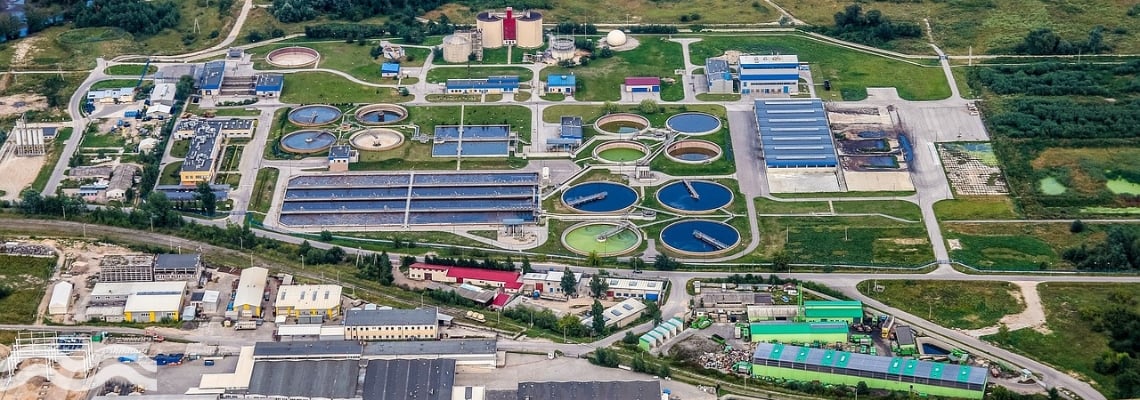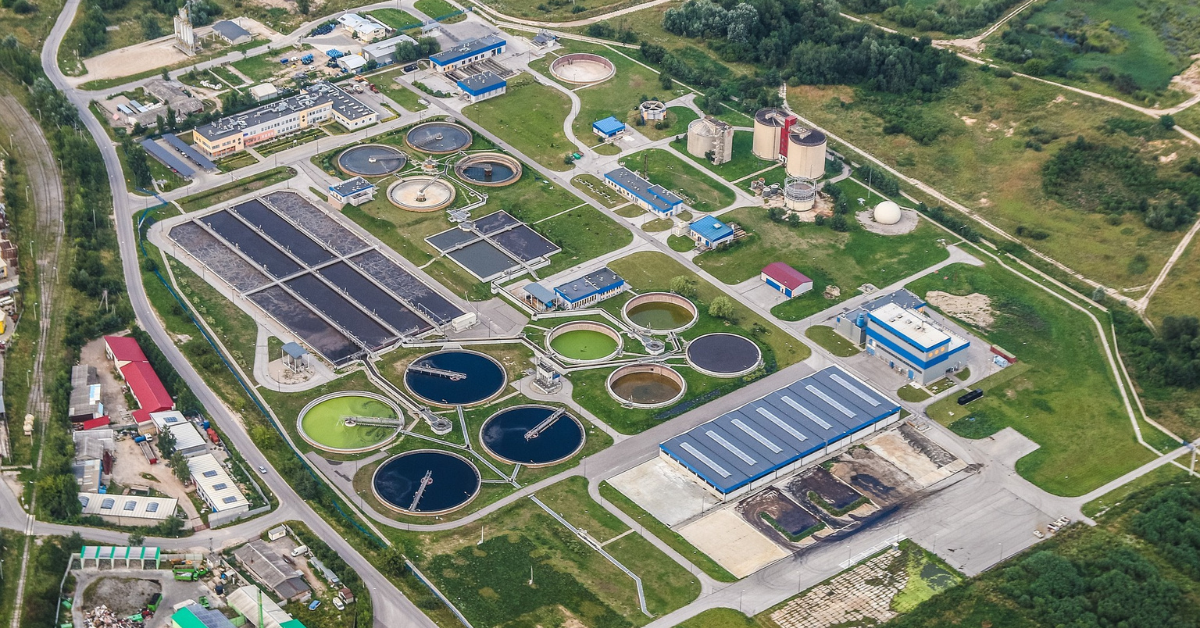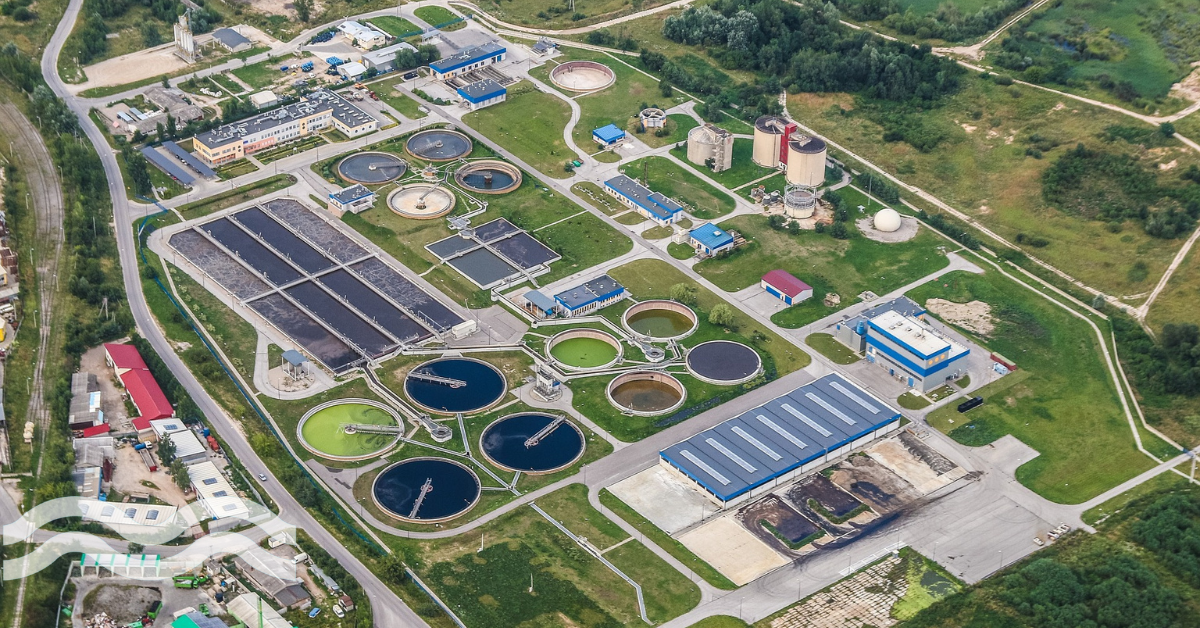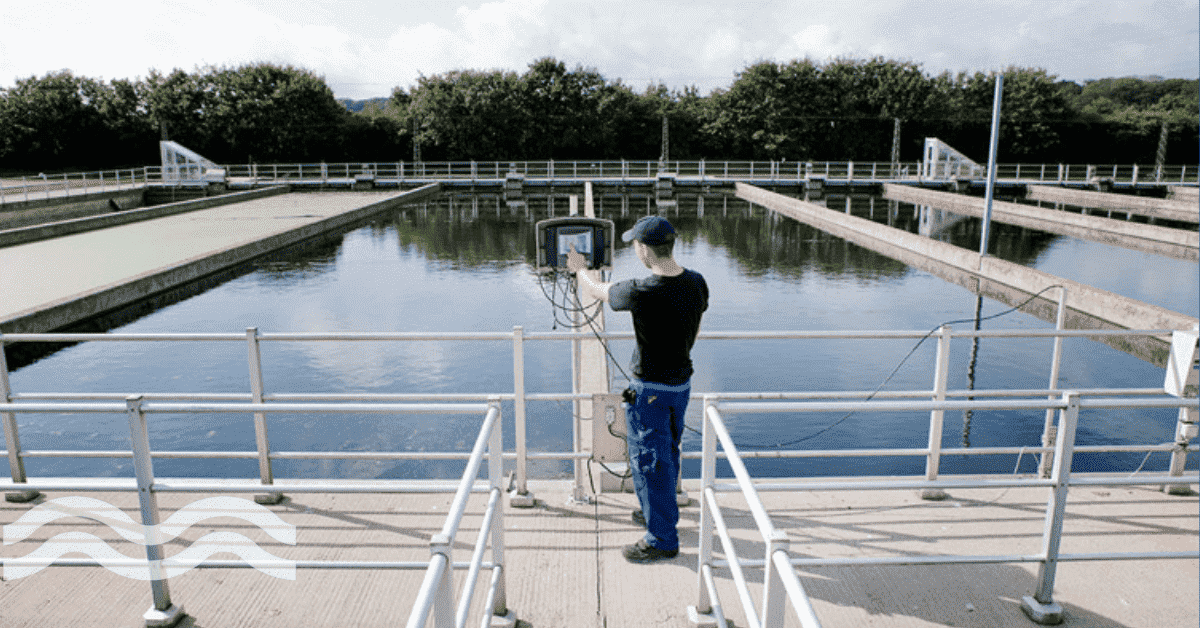Real-time nitrous oxide monitoring in sewage treatment plants
Dutch water research institute KWR is extending its real-world monitoring of nitrous oxide emissions from wastewater treatment plants at a second site in the Netherlands.
A project to monitor and model nitrous oxide emissions
KWR has been carrying out a monitoring operation at WWTP Utrecht (Hoogheemraadschap De Stichtse Rijnlanden) since 2023 as part of the Monitoring, modelling and reduction of nitrous oxide emissions from WWTPs project.
The project is being run with a group of partners: Emerson Process Management B.V., Douna Machinery B.V., De Stichtse Rijnladen Water Board, Drents Overijsselse Delta Water Board, Noorderzijlvest Water Board, and Delfland Water Board.
Now, the original plant has been joined by a second wastewater treatment plant: Nieuwe Waterweg (Hoek van Holland, Hoogheemraadschap van Delfland). Both plants will be tracking nitrous oxide emissions but using different process configurations.
Findings from the project will add to a wider body of research that looks to address the problems associated with nitrous oxide release, including the Net Zero Partnership Study coordinated by Aarhus Vand.

Why is nitrous oxide such a problem for wastewater treatment
Nitrous oxide is a greenhouse gas that has a global warming potential (GWP) that is almost 300 times greater than carbon dioxide, according to a study published in the journal Nature. And while the level of emissions in the atmosphere are lower than carbon dioxide, the study (published in 2020) suggested that nitrous oxide emissions were on a path to cause 'a global temperature increase above three degrees by the end of this century'.
While sewage treatment plants do not produce as many nitrous oxide emissions as, for example, agricultural fertiliser, they are still a significant source of emissions.
A whitepaper, produced by Royal HaskoningDHV, entitled 'Reducing nitrous oxide emissions at wastewater treatment plants' looked into these issues in further detail.
Speaking to Aquatech Online in 2023, Xylem's Innovation Labs Accelerator Programme lead, Dr Oliver Puckering, said at the time: "Efficient monitoring of nitrous oxide emissions is a vital concern for wastewater utilities in their pursuit of comprehensive carbon inventories and meaningful mitigation targets. The 2019 Intergovernmental Panel on Climate Change (IPCC) guidelines introduced a tiered approach for nitrous oxide emissions estimation. However, these guidelines often underestimate actual emissions, leading to precision limitations in mitigation planning."
He spoke further on the challenges of measuring nitrous oxide, stating that "emissions are far from constant; they exhibit considerable variability and dynamic seasonal patterns influenced by factors like temperature, nitrogen loads and aeration demand patterns in treatment plants."
What does the project involve?
The project is measuring real-time and continuous nitrous oxide emissions in the gaseous phase, capturing both daily and seasonal variations, and it is these variations that conventional modelling techniques struggle to monitor and that have made it difficult to make accurate predictions.
The gas is being collected using a closed hood connected to a mobile gas analyser. The hoods are purpose-made for the project, with sensors for temperature and pressure which record the sampling conditions and is equipped with preventive maintenance mechanisms to ensure the collection of high-quality and representative gas samples.
The collected data is being combined with other information about the treatment process and measurements of nitrous oxide in the liquid phase by the water board partners to arrive at digital twins with which predictions can be made about nitrous oxide emissions and the conditions that drive nitrous oxide formation. These digital twins can be used to develop control and nitrous oxide emission mitigation strategies.
What does the project hope to learn?
The project will help the partners gain a more accurate understanding of the nitrous oxide footprint of wastewater treatment plants. The data will be used to be create models that will provide valuable insights into the underlying processes involved in the production and emissions of the greenhouse gas.
This knowledge will ultimately allow end-users to evaluate the effectiveness of the different mitigation strategies they employ can minimise nitrous oxide emissions from treatment plants. The end goal, therefore, will be to gain enough knowledge of the processes involved in nitrous oxide formation, emission rates, and the effectiveness of mitigation techniques to offer measurable and robust reductions in emissions from sewage treatment plants and processes.
Share your water technology stories with us
Do you have an innovation, research results or an other interesting topic you would like to share with the international water technology industry? The Aquatech website and social media channels are a great platform to showcase your stories!
Please contact our Sr Brand Marketing Manager Annelie Koomen.
Are you an Aquatech exhibitor?
Make sure you add your latest press releases to your Company Profile in the Exhibitor Portal for free exposure.
We promise never to send you spam and you can unsubscribe at any time!



